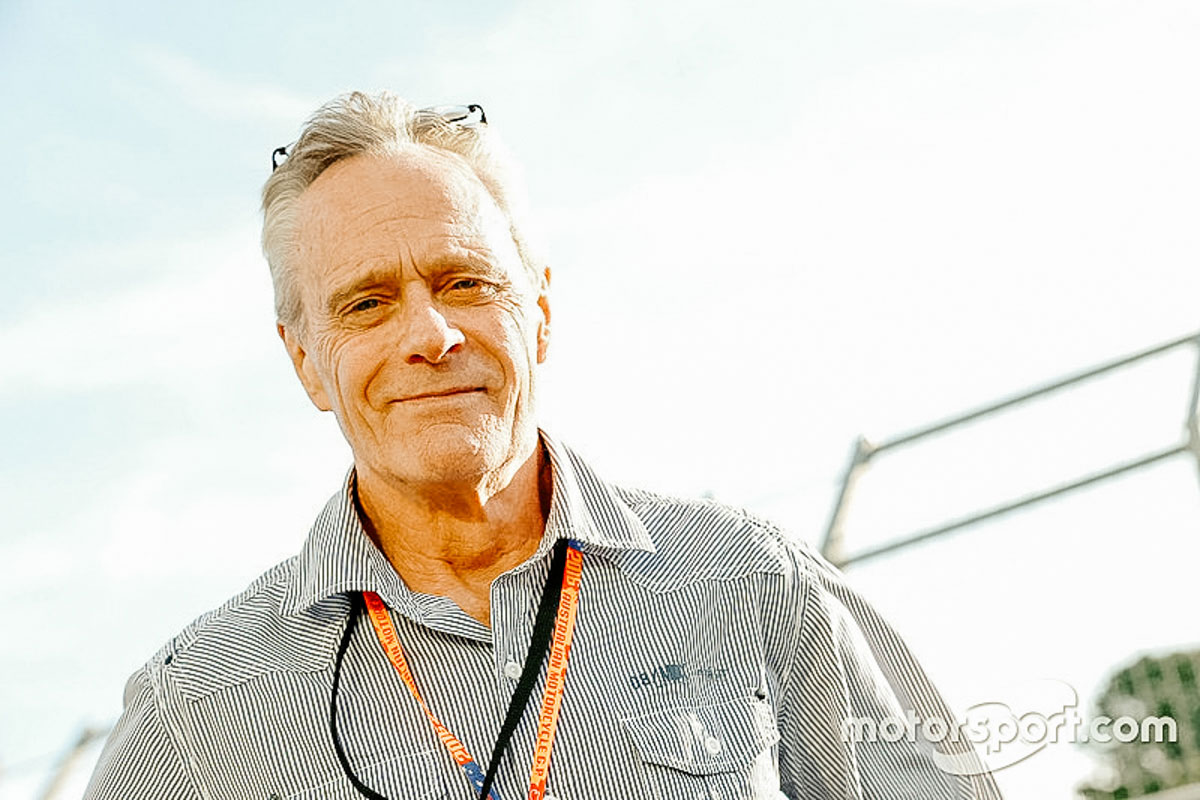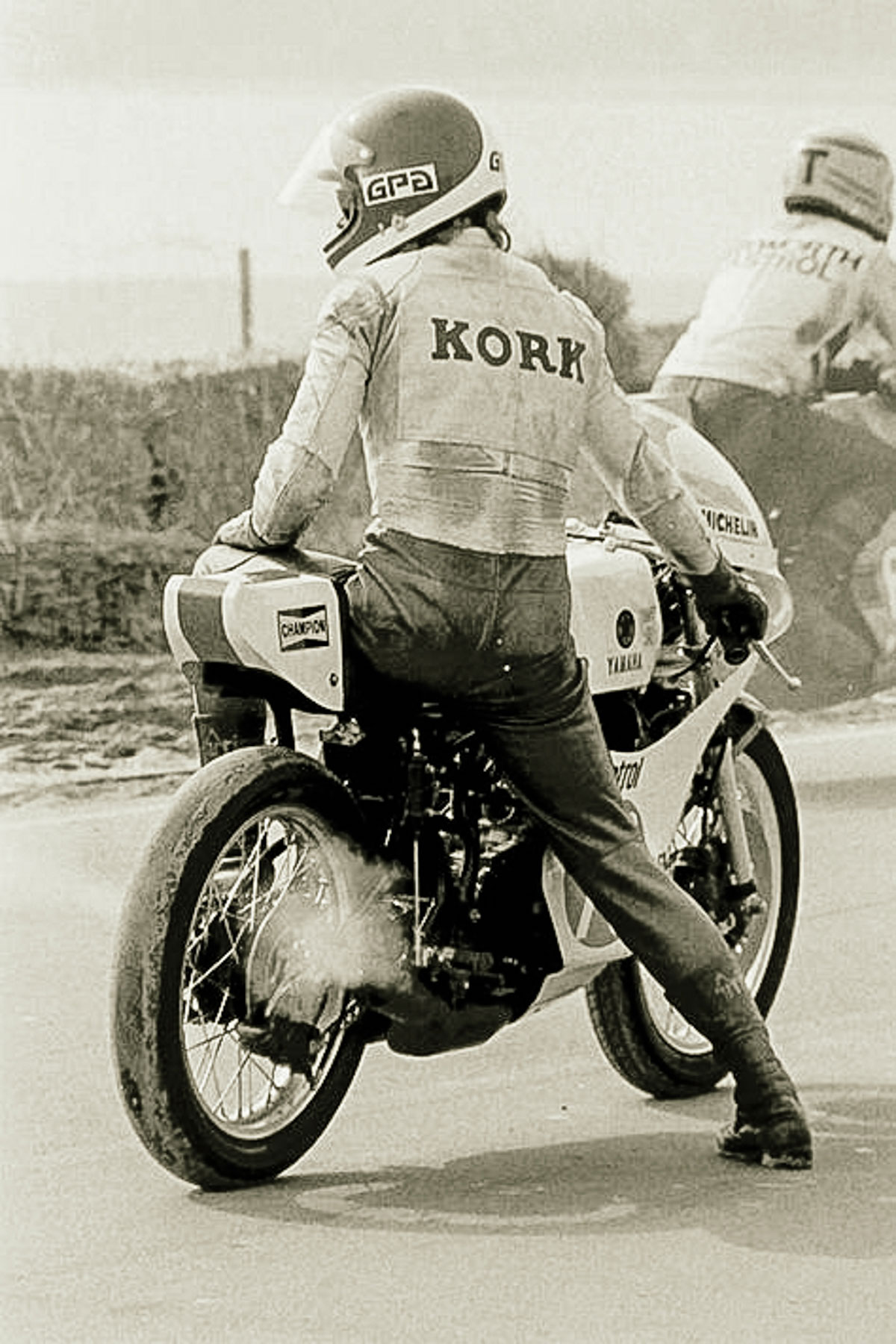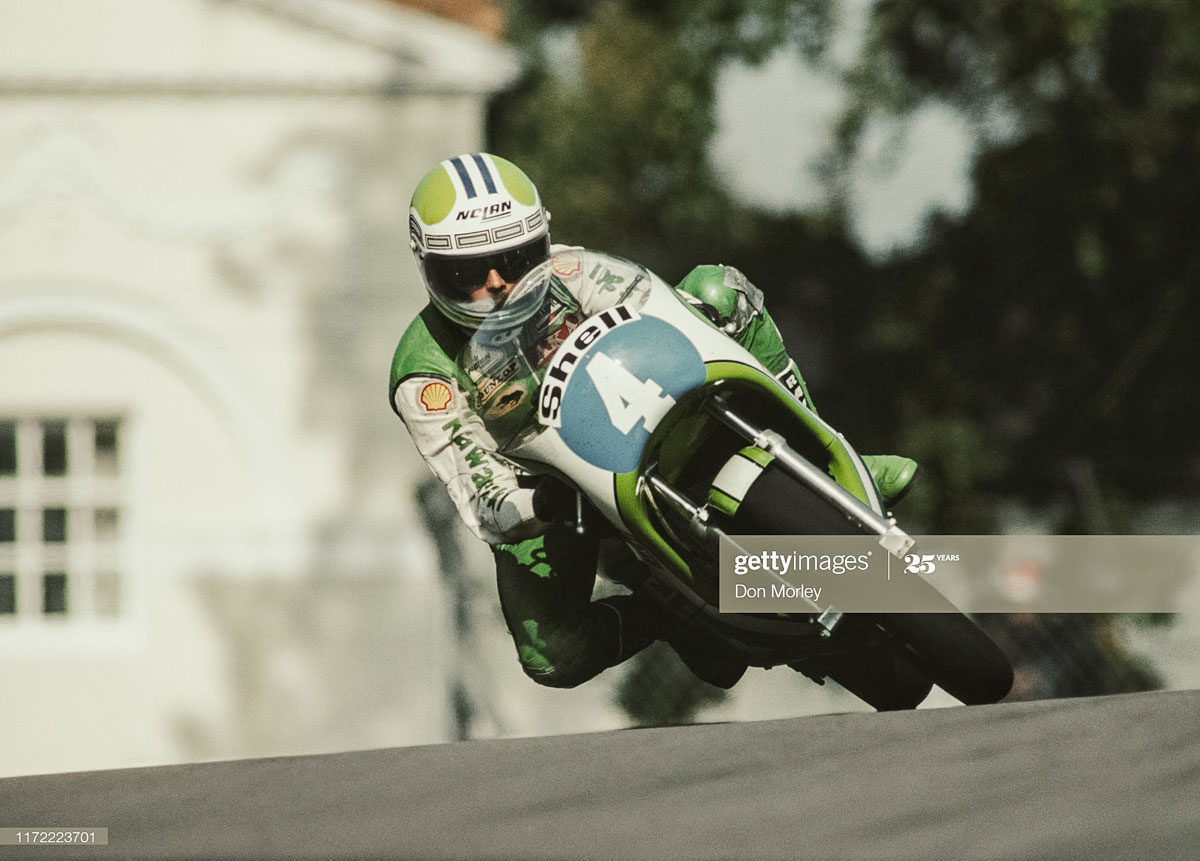
29 Mar On yer bike: Hugh Neville ‘Kork’ Ballington
With business operations curtailed by the nation-wide lockdown, FMM Curator Wayne Harley looks back on one of his motorcycling heroes…
With all that has happened in March with the rampaging COVID-19 coronavirus causing national lockdowns and, as a result, shutting the museum, there really hasn’t been any time to go out and test or, for that matter, even ride my own motorcycle. So this month I feel it’s an opportunity to look back at one of my motorcycling heroes, Hugh Neville ‘Kork’ Ballington. Hugh, or as he is better known, Kork, is a rider from Natal who was actually born in the UK and now lives in Australia. What I find sad is that while so many people in South Africa remember Jody Scheckter winning the Formula 1 world title, in the same year Kork was racking up his fourth world title.
Kork had a meteoric rise in international motorcycle racing. In his first season, 1976, he was given a ride by Yamaha, and what a start he had. He finished on the podium with a second place in the 250cc class in Germany, and then scored his maiden win in Spain during his rookie season on the 350. On top of that, he scored points three more times that season. Kork stayed with Yamaha in 1977 and continued to show his class, finishing in the points on 12 different occasions and achieving five podium finishes, three of which he finished on the top step in first place – one win in the 250cc class and two victories in the 350cc class. It was clear Kork Ballington was going to be a major contender in the seasons to come.
For the 1978 season he switched teams and moved to Kawasaki, and who could ever forget those bright green KR Kawasakis? Once again, Kork would challenge for the 250cc and 350cc titles and after a slow start it all clicked and he was on the top step again, winning four times in the 250cc class backed up with two second places, two third places and never finishing lower than fifth. But it was on the 350cc KR that he really shone, winning six times and gaining three second places. So after only three years racing in MotoGP, Kork Ballington had become a double world champion. The following year he proved it was no fluke when he won again in the 350cc and 250cc classes, making him a four-time world champion, the latter being notable as he won seven out of 13 races that season, and finished on the podium nine times in total and in the points on a further two occasions. The 1979 Kawasaki KR 250 was a legend, with a 249cc twin-cylinder water-cooled engine producing 68 bhp (51 kW) coupled with a six-speed gearbox, all mounted in a steel tube cradle frame. The bike only weighed 104 kg and could top 241 km/h.
Kork returned in 1980 to finish second in the 250cc class, and then twelfth in the 500cc class. This would also be the last year that he would win a GP, the German GP at the Nürburgring with its famed Nordschleife. On a personal note, I wouldn’t have wanted it any other way… He raced until the end of the 1982 season on the KR 500, a bike that he claimed was really good but the technicians could never match its strengths to the European circuits.
On the 15 October 2018, Kork was inducted into the MotoGP Legends Hall of Fame and joins the greats including Giacomo Agostini, Mike Doohan, Mike Hailwood, Geoff Duke, Kenny Roberts, Anton Mang, Barry Sheen, John Surtees, Jim Redman, Dani Pedrosa, Wayne Rainey, Casey Stoner to name just a few. For many bike racing fans of the ’70s and ’80s, who loved, and still love, motorcycles and MotoGP, the achievements of Kork Ballington will never be forgotten.





